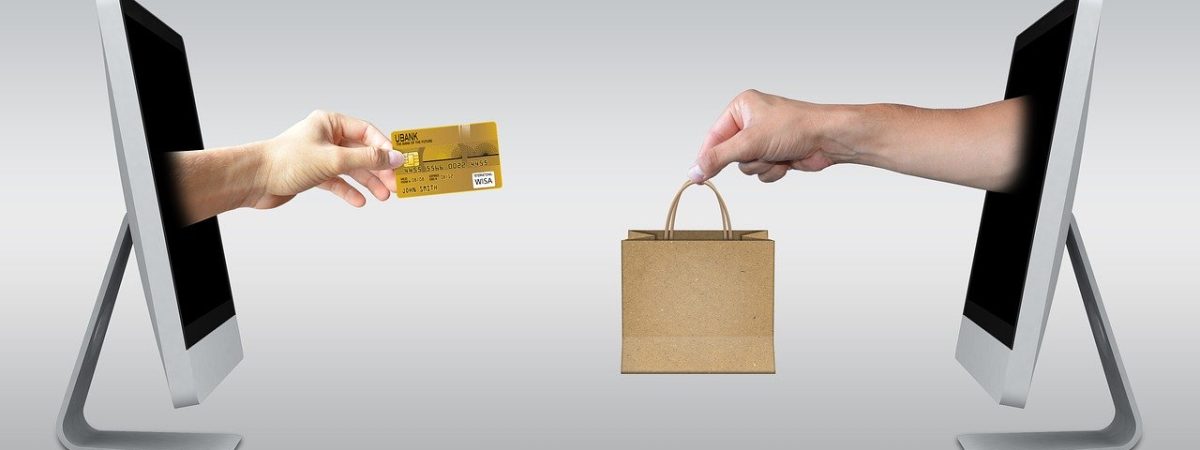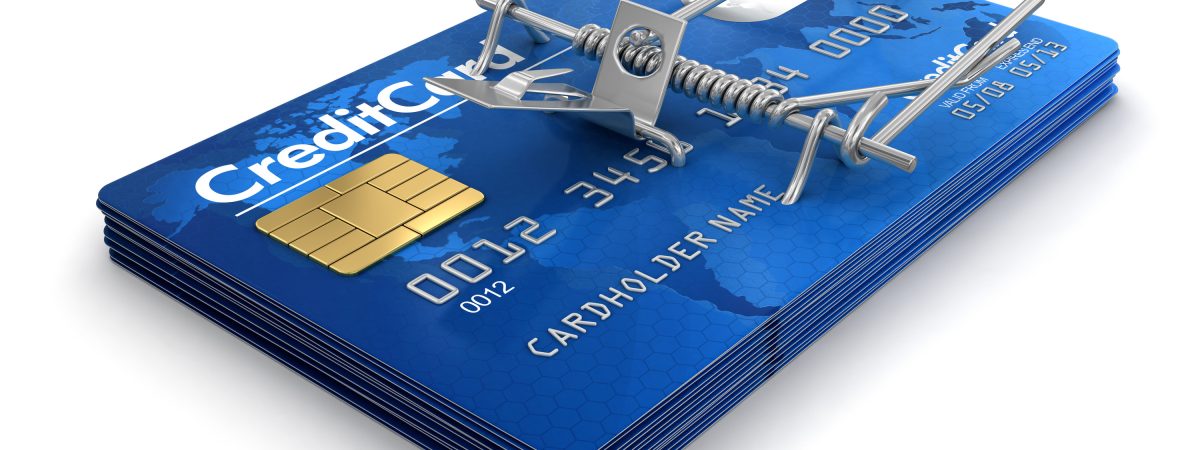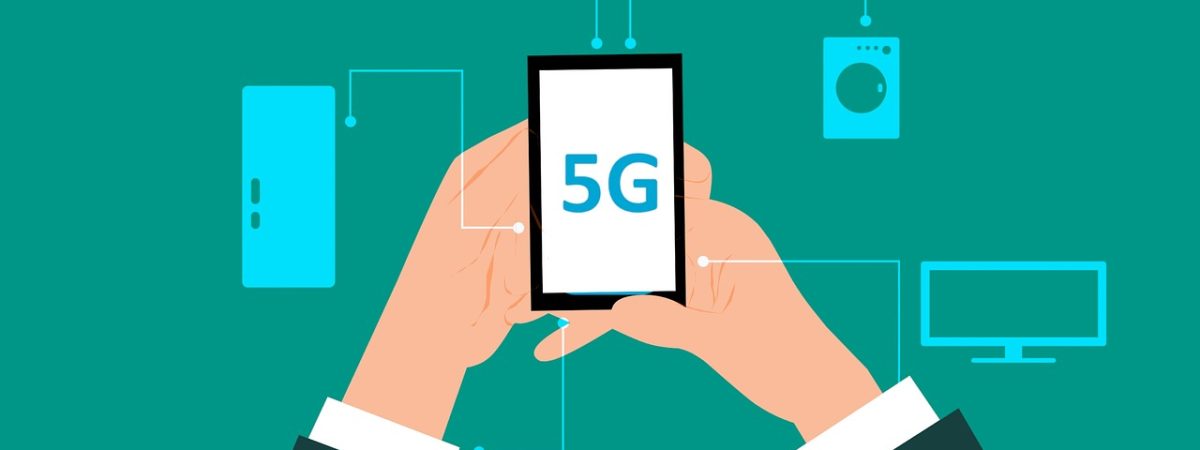
Coronavirus Scams Targeting You and Your Business
“If you are a small business that has been affected by the coronavirus, press “1” to ensure your Google listing is correctly displaying. Otherwise, customers may not find you online during this time.”
If you’ve received this call or something similar in the past few weeks, you’re just one of the millions of businesses across the U.S. and Canada that have been targeted by robocall scams designed to exploit people’s COVID-19 concerns.
In fact, both the Federal Trade Commission (FTC) and the U.S. Secret Service have issued warnings that scammers are imitating companies, government agencies and healthcare providers in unprecedented numbers — and cybersecurity experts say that the attacks are just getting started.
Here are some scams you should be looking out for in order to keep you and your business safe:
Robocalls:
According to the FTC, any robocall trying to sell you something is illegal unless a company has your written permission to call you that way — excluding some calls such as candidates running for office or charities asking for donations. And if someone is already breaking the law by robocalling you, there’s a good chance it’s also a scam.
These calls are running the gamut from offering fake COVID-19 testing kits and free sanitation supplies to fake government financial support. The only correct response to these robocalls is to hang up — do not press any numbers, even if directed to in order to remove you from the call list. By pressing a number, you confirm to the scammers that your number is active and you open yourself up for more scam calls in the future.
Note: There are no anti-robocall laws in Canada, but they are subject to CRTC regulations. Regulations include a clear message identifying on whose behalf the call is made, a mailing address, and a number at which a representative can be reached.
Business Email Scams:
Uncertain economic conditions lead to confusion, panic, and irregular transactions. Scammers are taking advantage of the confusion to double down on business email scams. An example from the FTC is the CEO scam — wherein an employee gets an email from their boss directing them to do something — wire money, transfer funds, send sensitive information. Except the email is actually coming from a scammer that has spoofed the boss’s email. The issue is made even more difficult with the massive influx of professionals working from home. A puzzled employee can’t just knock on the bosses door to confirm the request.
The best way to combat these scams is to make sure staff has a central contact that they can reach out to in order to verify any requests they may receive — irregular or not.
Fake Cures and Public Health Scams:
Teas, essential oils and colloidal silver all have something in common — none of them are a cure for COVID-19. The FTC and U.S. Food and Drug Administration (FDA) have jointly issued warning letters to seven separate sellers of unapproved products claiming they can prevent or treat the coronavirus. The companies that have received these letters have no evidence to back up their claims, which is required by law in order to advertise their products. The FDA states that there are no approved vaccines or drugs available to treat or prevent the virus.
Furthermore, scammers are sending messages claiming to be from public health offices and officials aiming to steal confidential information or installing malware on your computer. They are asking for Social Security numbers and Tax IDs. They are sending “infographics” that are actually keyloggers in disguise.
Remember not to download any attachments or click links in any unsolicited emails.
Fake Charities:
During difficult times, incredible charities and non-profits often step up to the plate and provide crucial assistance that keeps our most vulnerable safe. Unfortunately, for every legitimate charity working for those in need, a fake one pops up looking to take your money.
They use websites that look legitimate, with real emails, signature blocks and phone support lines. They even use names similar to real charities in order to trick you. And during times of need, such as pandemics and natural disasters, they are even more active.
Before you give money to a charity, make sure you’re doing the proper research to ensure your donations are going to the right place. Websites like CharityWatch and SmartGiving seek to give you information on avoiding scams and point out the red flags. For example, most real charities will accept credit cards or checks, because they’re safe and easy. Any charity that will only accept wire transfer or cash should be immediately suspect.





